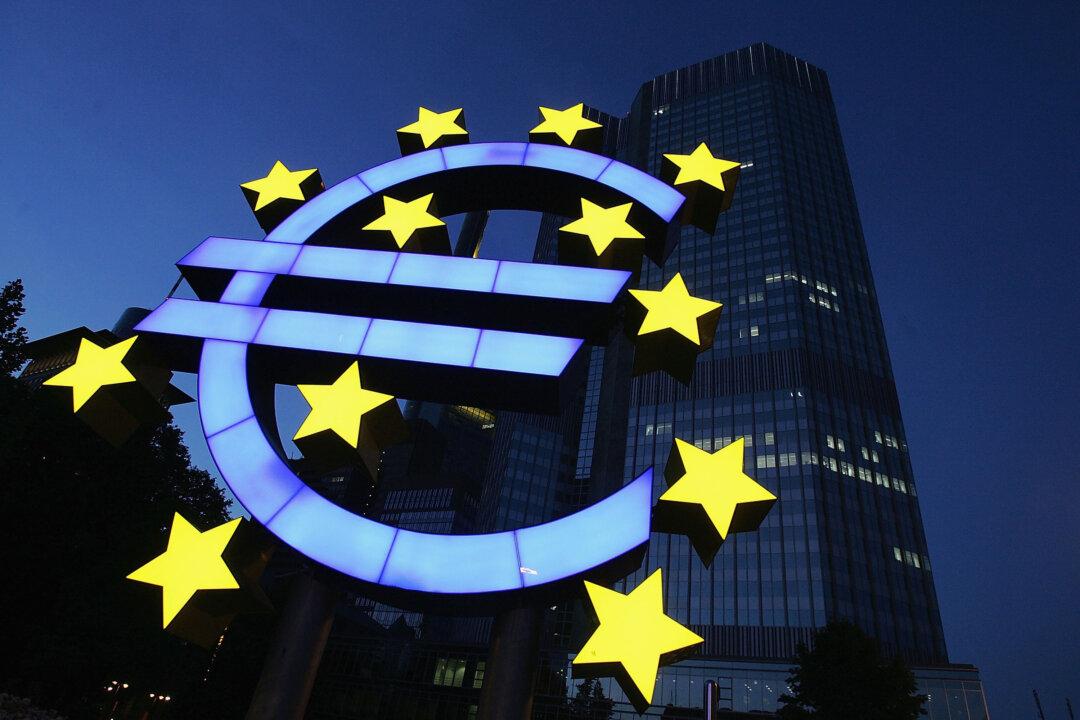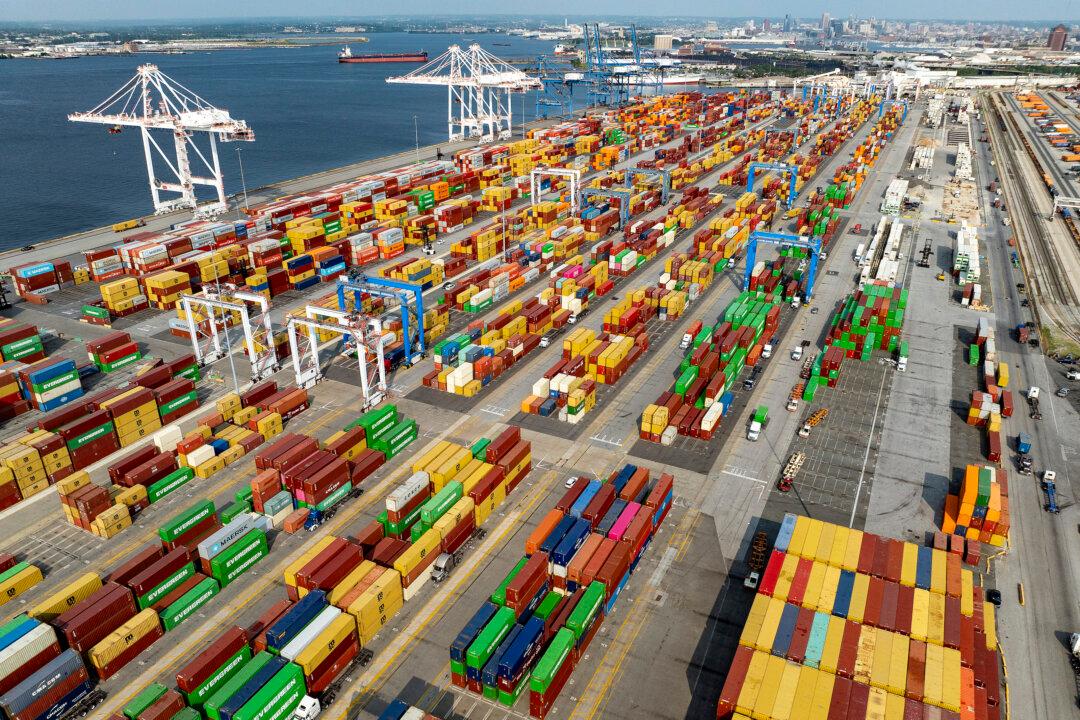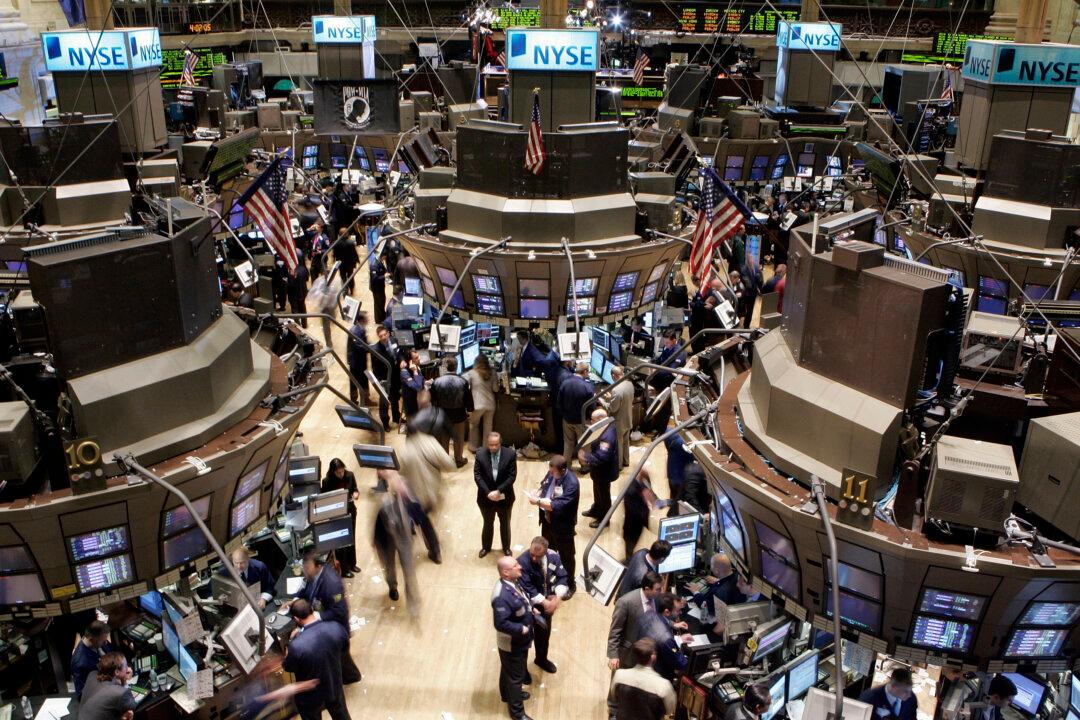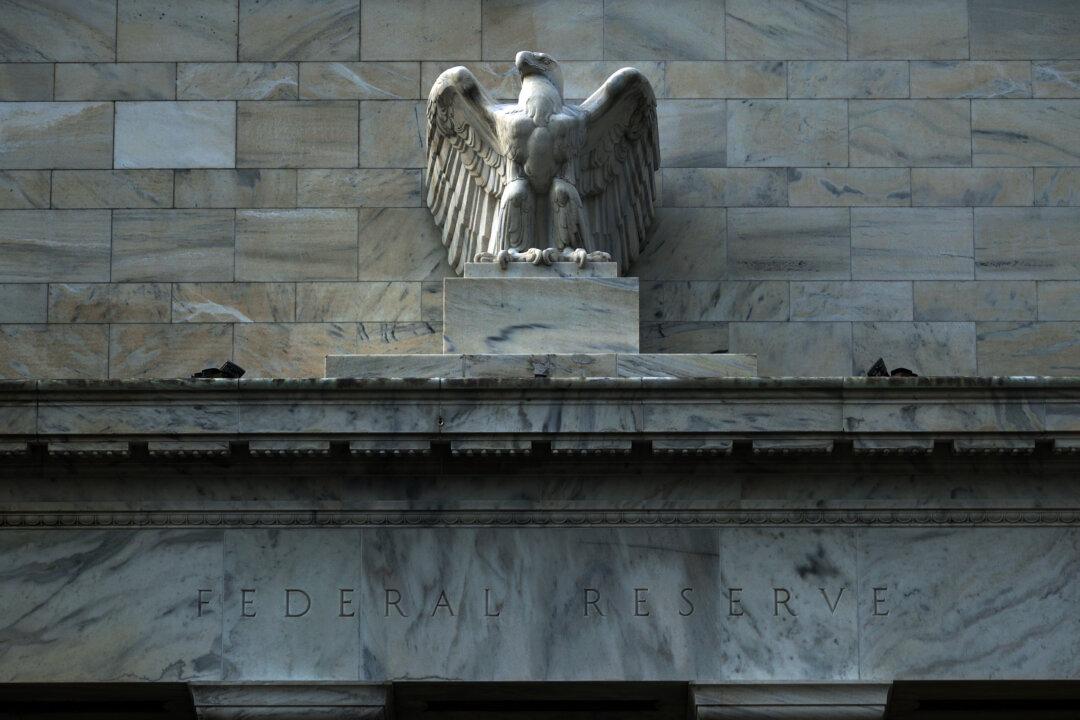The European Central Bank (ECB) has signaled the end of its asset purchase program and even a possible rate hike before 2019. After more than 2 trillion euros of asset purchases and a zero interest rate policy, it is long overdue.
The massive quantitative easing (QE) program has generated very significant imbalances and the risks far outweigh the questionable benefits. The balance sheet of the ECB is now more than 40 percent of the eurozone GDP.





